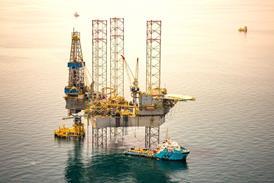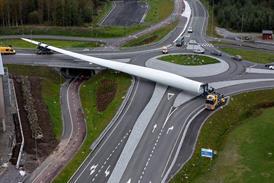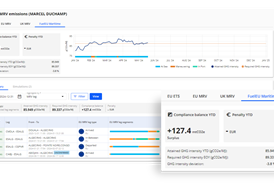August 5 - It took the combined skills of shipping line, client and manufacturer to move a buoy some 27 metres high and weighing more than 1100 tons from Indonesia to an offshore location in the Gulf of Mexico.
Beluga Shipping worked on behalf of Altus Oil & Gas Services - acting for BW Offshore (BWO) - and Advanced Production and Loading (APL) - the manufacturer of the buoy.
Altus had been commissioned by BWO to project manage and arrange all the loading and transportation for the topsides and process modules for the Cascade Project.
The transport task was made more difficult as the requirements changed frequently and become more complicated over time with additional work being required by the client, BWO. Loading had to adapt to changes in proceeding and late modifications to the buoy, as well as local conditions in the port of Batam Island in Indonesia.
The loading of the buoy onto Beluga Formation required elaborate preparations in Indonesia. The sensitive buoy, construction of which took more than a year, was located on a pier with very shallow water depth so a barge was placed alongside to address this bathometric challenge and a floating crane was used to lift the buoy onto the multipurpose heavy lift project carrier which had come alongside the pier.
A specially designed grillage had been welded and was fixed to the weather deck of the vessel. One of the main tasks was guaranteeing the structural integrity of the vessel: The weight and size of the buoy and the grillage put tremendous loads on the ship's structure, in some parts they exceeded 200 tons per square metre.
Afterwards, the biggest buoy of its type anywhere in the world started its voyage of approximately 10,000 nautical miles from Indonesia through the Pacific Ocean and the Panama Canal to an offshore location in the Gulf of Mexico 200 nautical miles from Port Fourchon, USA. The dimensions of the cargo restricted the sight from the bridge of the vessel. Hence, the transport engineers of Beluga implemented several measures to compensate this disadvantage and to comply with the high safety standards from the client, the flag state and other involved parties. Among them were changes in the deck structure of Beluga Formation and the application of additional devices which enabled the crew of the vessel to overcome such hindrances.
















